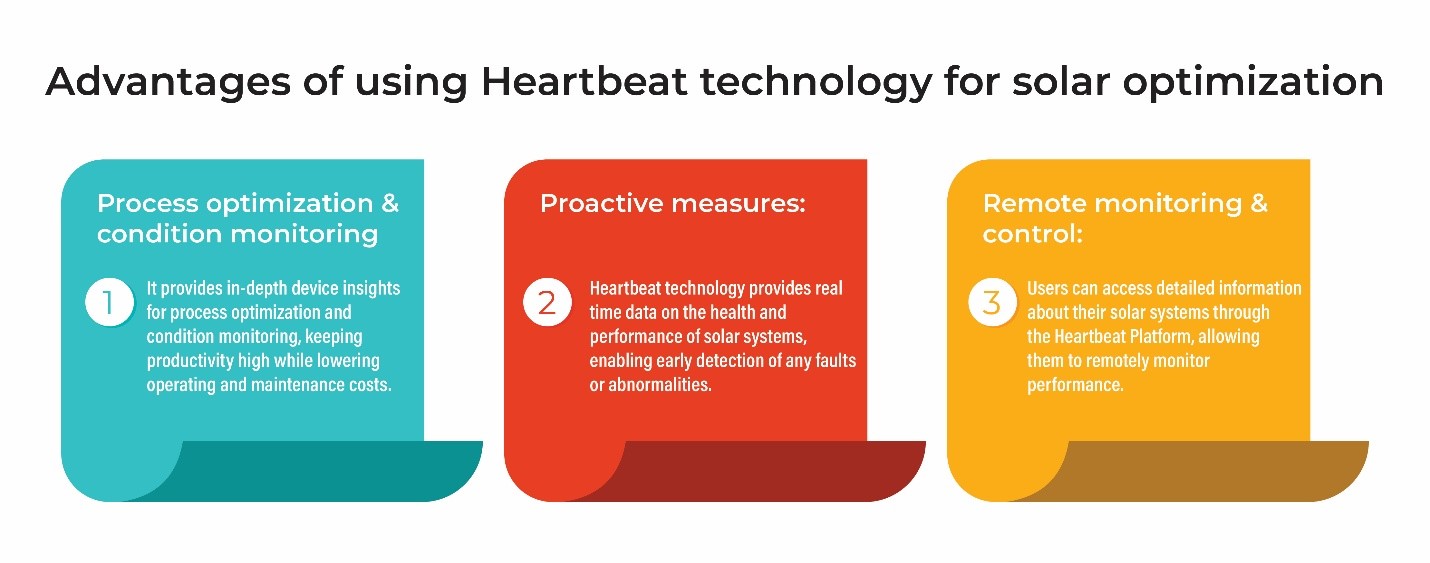Solar SME Locations
Empower your home or business with solar brilliance! We help you to switch a cleaner and greener future. Join the solar revolution today! Efficient installations, eco-friendly solutions – your journey to a brighter tomorrow starts here. Illuminate your world with us!
Menu
Email
info@solarsme.com
Contact:
+1(832) 626 2337
Principal office:
2630 Aero Drive, Grand Prairie, TX 75052.
Maryland Office:
8518 Chestnut Ave, Bowie, MD 20715.
Arizona Office:
2550 W. Union Hills Dr
Suite 350-6137 – Phoenix, AZ 85027











